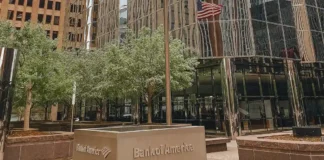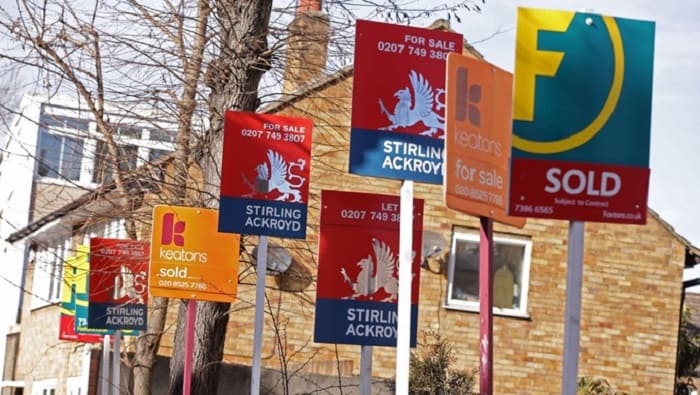The number of first-time buyers is estimated to have reached 359,0001 in 2017, while those taking their first step on to the property ladder are putting down almost double the deposit than a decade ago, according to the latest Halifax First-Time Buyer Review.
The number of first-time buyers has gone up 6% in the last 12 months, continuing an upward trend of six years, despite the average deposit jumping from £17,740 in 2007 to £33,3392 a decade later – an increase of 91%.
Halifax data revealed that although the average price of a typical first home has grown by 21% (or £37,377) from £174,703 to £212,079, first-time buyer levels have almost returned to those last seen in 2007, when 359,900 took their first step on to the property ladder.
This is an increase of 87% compared to an all-time low of 192,3002 in 2008 and is now just 11% below the most recent peak of 402,800 in 2006. First-time buyers now account for half of all house purchases, with a mortgage, an increase from 36% a decade ago. (See Table 1) Russell Galley, Managing Director, Halifax said: “A flow of new buyers into home ownership is vital for the overall wellbeing of the UK housing market. This ten-year high in the number of first-time buyers shows continued healthy movement in this key area despite a shortage of homes and the ongoing challenge of saving enough of a deposit.
“Low mortgage rates, high levels of employment and Government schemes such as Help to Buy4 have helped first-time buyers become a much greater segment of the market, and the recent abolition of Stamp Duty on purchases of up to £300,000 is likely to continue stimulating this growth by reducing the upfront costs associated with taking the first step on to the property ladder.”
Regional snakes and ladders In the past decade, the number of first-time buyers in London has fallen by 26% from 57,900 in 2007 to an estimated 42,983 in 2017, marking the third consecutive annual decline. The North is the only other region aside from the capital to see a drop in numbers from 17,300 to 16,430 (5%) during the same period.
On the other hand, the number of people getting on the housing ladder in Northern Ireland has grown by 65% to 9,410. The second largest rise was in the South West (16%, from 25,400 to 29,399). The South East has the largest number of first-time buyers in the UK, totalling over 69,000 last year, edging up from 67,600 in 2007. (See Table 2) For first-time buyers in southern England, average deposits have more than doubled in a decade. Outside London, the largest increase was in the South East, where deposits have risen 157% to £51,457, but still make up less than half the amount being put down in the capital (£112,604).
By comparison, first-time buyers in Northern Ireland have fared the best, with average deposits dropping by 62% from £44,270 in 2007 to £16,814 – the lowest in the UK. The average price of a typical first-time buyer home in the South East has increased (in cash terms) by £78,855 (or 39%) since 2007 – from £199,894 to £278,749 in 2017. In London, the average price paid by a new entrant to the property market in the capital has grown by £134,902 to £422,580 – double the national average.
House price growth in northern areas has been considerably more modest. In the last 10 years, the average price of a typical first-time buyer home in the North has grown by £9,462 to £126,437, while in Northern Ireland it has fallen £59,240 (33%) to £120,648 – the lowest in the UK. (See Table 3) First-time buyer affordability Copeland in Cumbria is the most affordable local authority district (LAD) in the UK with an average property price (£120,088) of 2.9 times the local average gross annual earnings. Eight of the 10 most affordable areas are in Scotland, including Stirling (3.0), North Ayrshire (3.1) and Inverclyde, West Dunbartonshire and Renfrewshire (all 3.2). (See Table 4) All of the 10 least affordable LADs are in London. The least affordable is Brent where the average first-time buyer property price (£475,612) is 12.9 times gross average annual earnings for that area. (See Table 5) UK first-time buyers ageing Average age of a first-time buyer in 2017 was 31– two years older than a decade ago. In London it has grown from 31 to 33 –the eldest in the UK. The biggest increase in age was in Northern Ireland, up by three years from 28 to 31. (See Table 6) At a LAD level, the youngest buyers are in Staffordshire Moorlands with an average age of 28 whilst the oldest are in Richmond upon Thames at 35 years old.



















